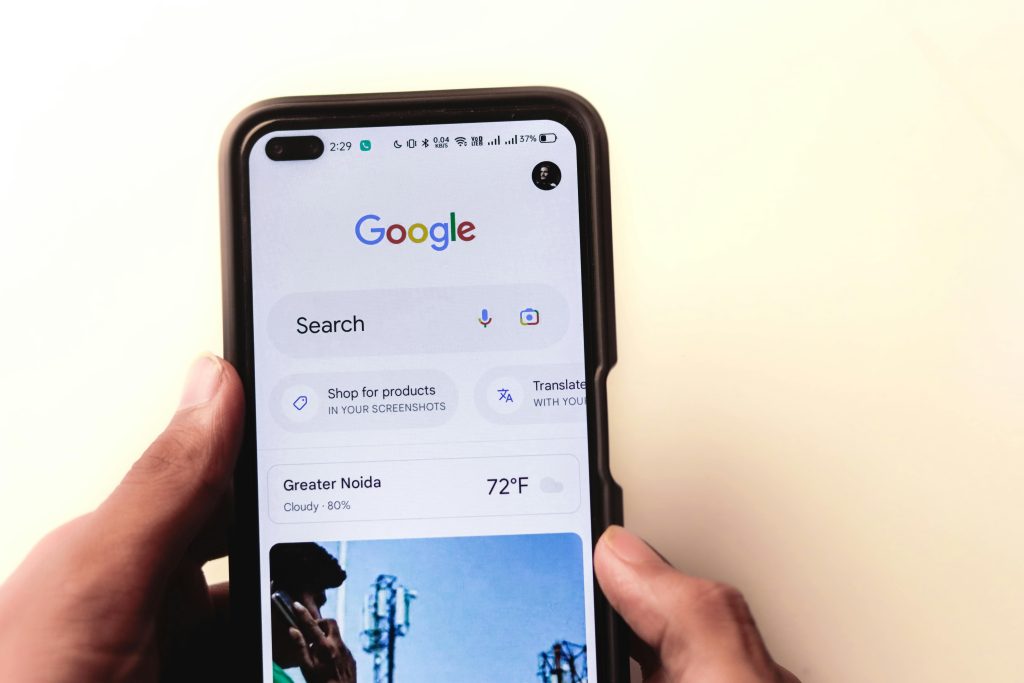Introduction
In search engine optimisation (SEO), link building remains one of the most powerful ranking factors. High-quality backlinks signal to Google that your site is authoritative, relevant, and worth ranking.
But not all link building is created equal.
Some methods follow Google’s guidelines and build long-term value. Others take shortcuts, violate policies, and risk severe penalties.

These two approaches are often referred to as:
- White-hat link building (ethical, compliant)
- Black-hat link building (manipulative, risky)
In this guide, we’ll clearly explain the difference between white-hat and black-hat link building — so you can make informed decisions that support sustainable SEO growth.
What Is Link Building?
Link building is the process of acquiring hyperlinks from other websites to your own.
Backlinks help:
- Improve search engine rankings
- Drive referral traffic
- Build brand authority
The quality of your links matters more than the quantity. Search engines like Google analyse:
- The relevance of the linking site
- The authority of the domain
- The context and anchor text of the link
This is why the method you use to build links — white-hat or black-hat — is so critical.
What Is White-Hat Link Building?
White-hat link building refers to link acquisition strategies that fully comply with Google’s Webmaster Guidelines.
Core principles:
- Earn links organically through valuable content
- Build relationships with other site owners
- Create useful, shareable resources
- Focus on long-term SEO growth
- Avoid manipulative tactics
Examples of white-hat link building:
- Guest posting on reputable industry blogs
- Creating data-driven studies or original research
- Publishing helpful blog content or tutorials
- Earning media mentions and PR coverage
- Broken link building (offering alternatives for outdated links)
- Building relationships through networking and partnerships
Why it works:
Google rewards websites that naturally attract links through high-quality content and ethical promotion. White-hat strategies build trust, authority, and sustainable rankings.
What Is Black-Hat Link Building?
Black-hat link building involves techniques that intentionally manipulate search engine algorithms and violate Google’s guidelines.

Core principles:
- Prioritise short-term ranking gains
- Exploit loopholes and algorithm weaknesses
- Use deceptive or automated tactics
- Ignore long-term risks and penalties
Examples of black-hat link building:
- Paid link schemes (buying or selling links)
- Private Blog Networks (PBNs)
- Automated link building bots
- Cloaking or hidden links
- Comment spam or forum spam
- Injecting links via hacked sites
Why it’s risky:
Google’s algorithms (and manual reviewers) actively detect and penalise sites using black-hat tactics. Penalties can include:
- Loss of rankings
- Removal from search results (de-indexing)
- Long-term damage to brand credibility
Key Differences: White-Hat vs Black-Hat Link Building
| Category | White-Hat | Black-Hat |
|---|---|---|
| Approach | Ethical, compliant | Manipulative, deceptive |
| Focus | Long-term SEO value | Quick ranking spikes |
| Risk Level | Very low | Extremely high |
| Google Compliance | Fully compliant | Violates guidelines |
| Techniques | Content-driven, relationship-based | Automated, paid, or spammy |
| Outcome | Sustainable authority | High risk of penalties |
Grey-Hat Link Building: The Middle Ground
You may also hear about grey-hat link building — tactics that sit in a legal or ethical grey area.
Examples include:
- Offering incentives for links (without disclosing sponsorship)
- Using outreach that borders on manipulation
- Participating in link exchanges or “you link to me, I’ll link to you” agreements
Note:
While grey-hat tactics may work in the short term, they still carry risk and often attract Google’s attention as algorithms evolve.
Why White-Hat Link Building Is Worth the Investment
While black-hat shortcuts may seem tempting for faster results, white-hat link building offers:

- Sustainable SEO growth
- Protection from algorithm updates
- Improved brand reputation
- Higher-quality referral traffic
- Long-term ROI from organic visibility
Google’s algorithms continue to reward sites that invest in valuable content, real relationships, and user trust.
Real-World Example: White-Hat vs Black-Hat Outcomes
White-Hat Case:
- A software company publishes a detailed, original industry report.
- Dozens of media outlets and industry blogs reference and link to the study.
- Rankings improve steadily over 6-12 months.
- The site benefits from both SEO and brand exposure.
Black-Hat Case:
- An ecommerce store purchases 500 backlinks from low-quality sites.
- Rankings spike temporarily.
- A Google algorithm update identifies unnatural link patterns.
- The site suffers a manual penalty and loses nearly all organic traffic.
Conclusion
In modern SEO, link building still matters — but how you build links matters more than ever.
- White-hat link building requires patience, effort, and creativity — but delivers lasting authority.
- Black-hat link building offers risky shortcuts that often end in penalties, wasted investment, or de-indexing.
Build links as if Google is watching — because it is.



